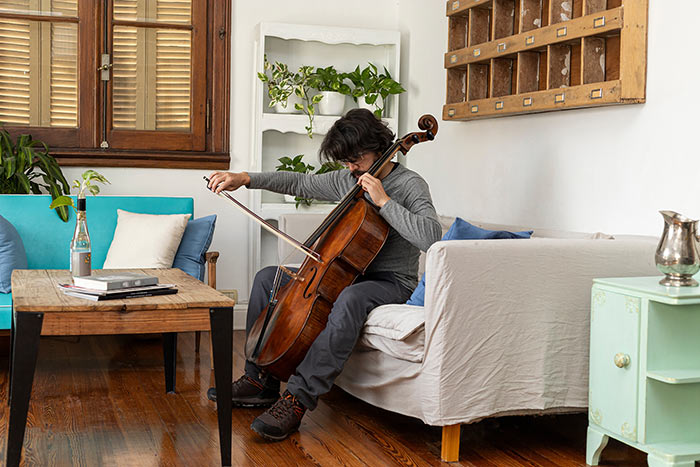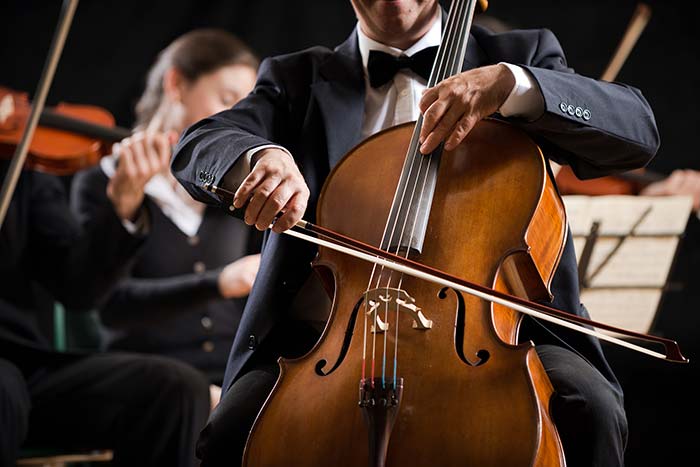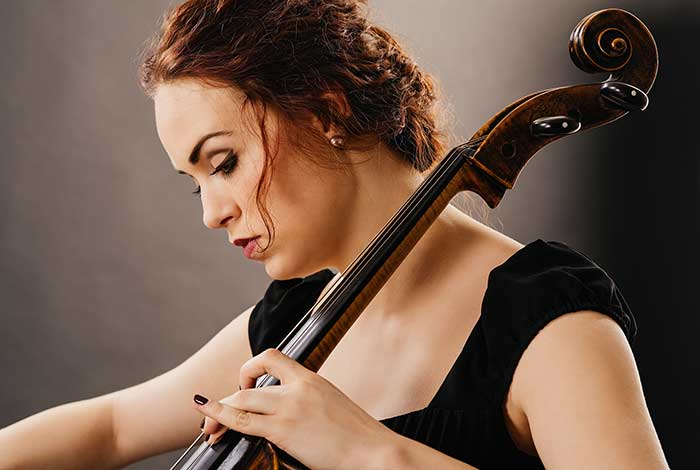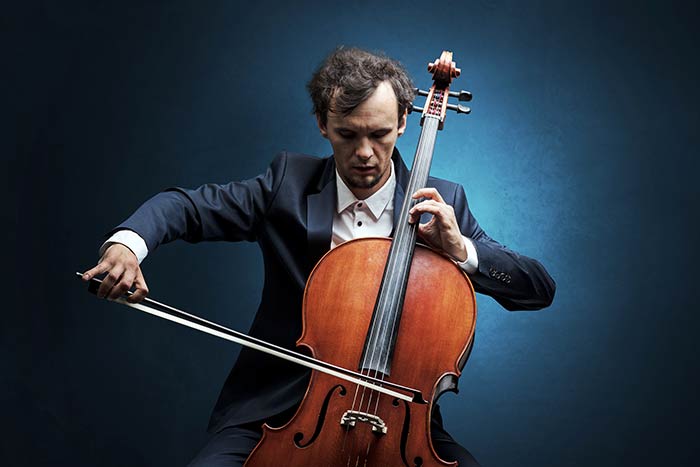The eloquent sound of the cello has enchanted many a listener, drawing them into its captivating melodies. But for those behind this beautiful music, there’s more to the cello than meets the ear. It’s essential to understand the importance of playing safely to enjoy the art of cello playing without any repercussions.
Understanding the Anatomy of a Cello Player
When playing the cello, one doesn’t merely involve their hands. From the back muscles that keep us upright to the fingers dancing on the strings, every part plays a role. Recognizing this anatomy is not about a biology lesson; it’s a step towards understanding how each body part interacts with the instrument, which can be pivotal in preventing injuries.
Common Cello Injuries Faced by Cello Players
As with any physical activity, playing the cello has its risks. The repetitive motions can lead to strains and sprains, particularly in the wrists and fingers. Without proper posture, postural problems can arise, leading to neck, back, and shoulder complications. Overworking can also result in tendinitis, an inflammation of the tendons, and consistent strain can lead to muscle fatigue, which if not addressed, can have long-term consequences.

Proper Posture and Technique
Posture is the foundation of any instrumental play. For cellists, having a straight back is not just about looking professional; it’s about ensuring the weight of the cello is adequately supported. Your arms, especially the right elbow, should have a natural curve, allowing free movement without strain. Your feet provide stability, so ensure they are flat on the ground. Also, an often-overlooked aspect is the chair and endpin setting. These need to be adjusted to suit your height and playing style, offering additional support.
Warm-ups and Cool-downs: An Essential Ritual
Imagine going for a run without stretching – you’re bound to pull a muscle! The same principle applies to playing the cello. Before you dive into your piece, engage in simple stretching exercises, focusing on your fingers, wrists, and arms. Once done, don’t just pack up. A few relaxation exercises can make a world of difference in how your muscles recover after playing.

Regular Breaks and Mindful Practice
Playing the cello is an immersive experience, but it’s essential to come up for air. Adopt the 20-20-20 rule: after 20 minutes of playing, take a 20-second break and focus on something 20 feet away. It gives your body a short yet essential breather. Look out for signs of discomfort or pain – they’re your body’s way of asking for a break. Remember, it’s not about how long you practice, but how effectively you do.
The Role of Regular Exercise
Beyond the cello, integrating a regular exercise routine can be a boon for players. Strengthening exercises, particularly those that target the back and core muscles, can be invaluable. Flexibility exercises, like yoga, can help improve posture and prevent injuries. It’s about creating a balance, ensuring your body is as fit as your playing skills.

Consultation and Guidance
Despite best efforts, if discomfort persists, it’s time to consult a professional. Sometimes, injuries creep up silently, becoming evident only when they’ve intensified. At such times, it’s crucial to seek a physical therapist or a doctor. Moreover, at the London Cello Institute, our tutors are well-versed in guiding students on injury prevention, ensuring they understand their body’s signals.
Dealing with Cello Injuries
If an injury does occur, the RICE (Rest, Ice, Compression, Elevation) method is a good initial step. However, it’s essential to remember that professional medical advice is invaluable. Injuries require patience. Rehabilitation exercises, often under expert guidance, can help in a faster recovery. Additionally, mental wellness plays a crucial role. Stay positive, and remember, recovery is a journey, not a race.
Conclusion
Playing the cello is a rewarding experience, one that becomes even more enjoyable when done without the looming shadow of injuries. As cellists, while we dedicate ourselves to perfecting our art, it’s equally vital to prioritise our health, ensuring that our musical journey is smooth and melodious. The London Cello Institute takes pride in offering resources for our students. We recommend checking out our video tutorials on posture and exploring our list of therapists familiar with musician injuries. Dive into further reading to make your cello experience a harmonious one.








